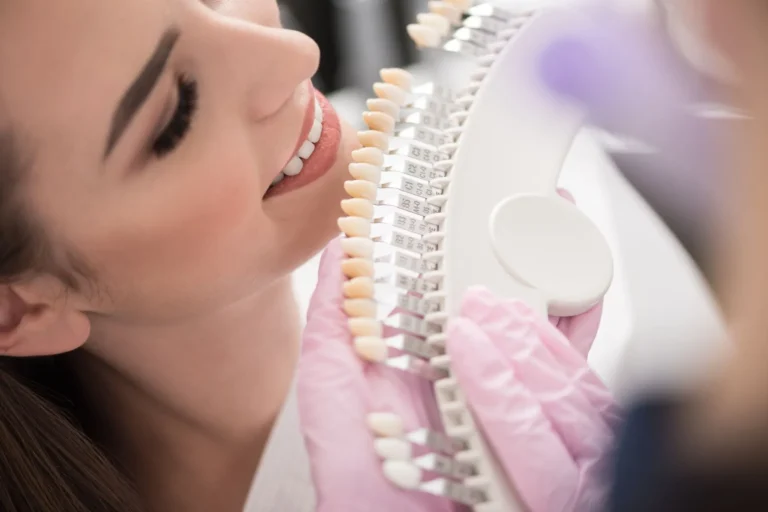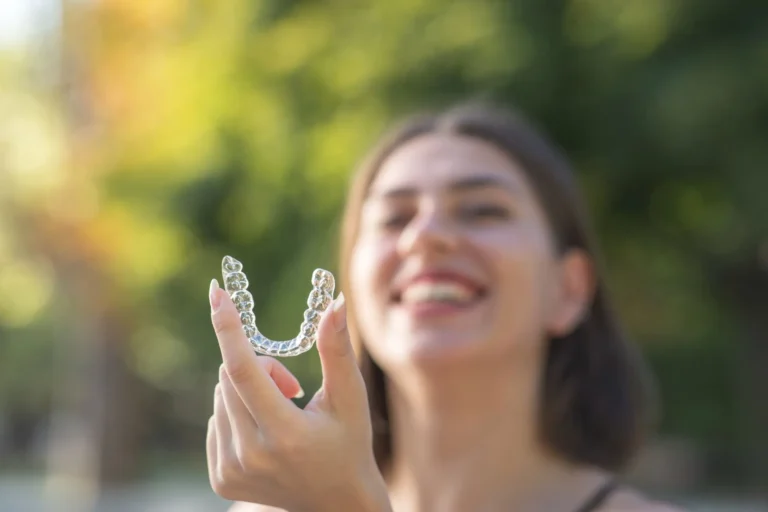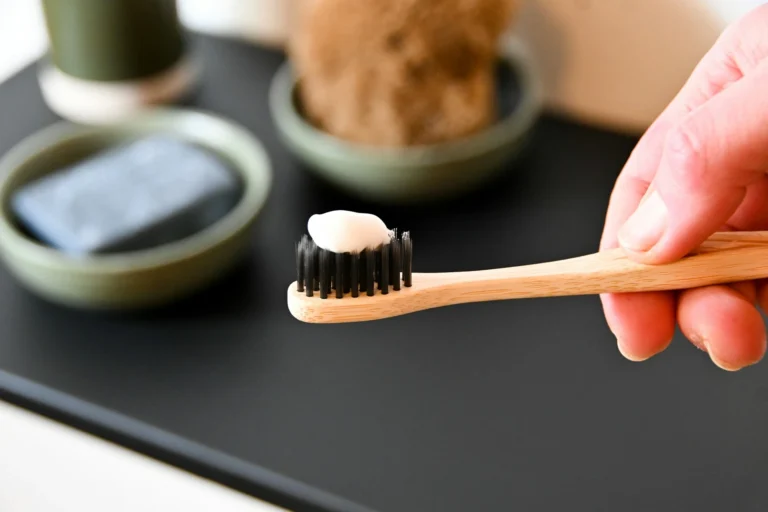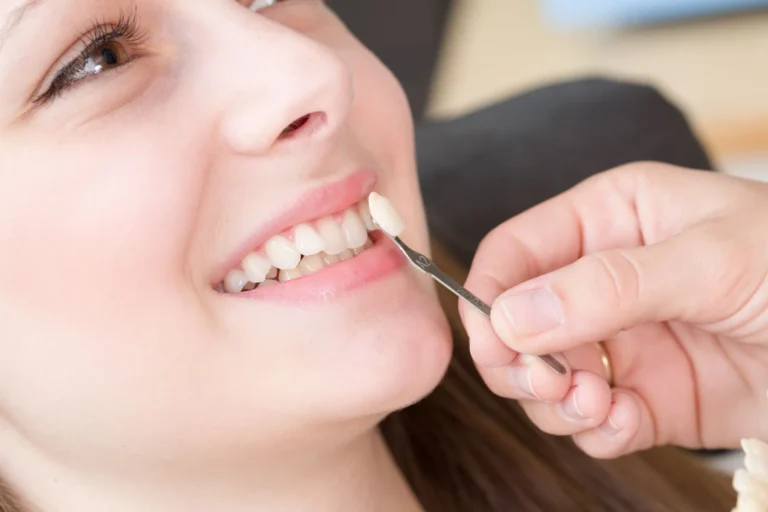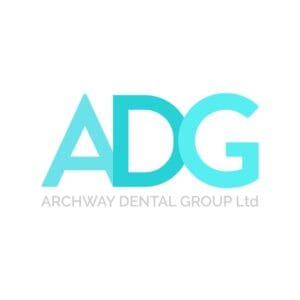How to Brush Teeth Properly: Dentist’s Complete Guide
Brushing your teeth is something we all do every day, but are we really doing it correctly? Patients often ask: “What is the best way to brush teeth?” or “How long should I brush?” The truth is that brushing seems simple, but technique matters enormously. Brushing incorrectly can leave plaque behind, damage gums, and even wear down enamel.
In this article, we’ll explore exactly how to brush teeth properly. You’ll learn which toothbrush to use, how long to brush, the right movements, and what mistakes to avoid. We’ll also explain the role of toothpaste, floss, interdental brushes, and how brushing fits into a complete oral hygiene routine.
What Does Brushing Your Teeth Really Do?
Brushing isn’t just about fresh breath — it is your main defence against oral disease. Every day, a thin sticky layer of bacteria, called dental plaque, forms on your teeth. If not removed, this can harden into tartar, leading to gum inflammation, cavities, and eventually tooth loss.
Brushing achieves several important things:
- Removes plaque and food particles.
- Prevents cavities and gum disease.
- Polishes the surface of teeth, keeping them smooth and clean.
- Freshens breath.
- Helps prevent staining from food, coffee, tea, or smoking.
Think of brushing as more than a cosmetic step: it is disease prevention and long-term investment in your smile.
Learn more about professional hygiene at Archway Dental Group
How to Brush Teeth Properly: Step-by-Step Technique
Most patients are surprised when they learn that proper brushing is more about technique than force. Scrubbing hard does not clean better — it damages enamel and gums. Instead, brushing gently, methodically, and for the right duration is what makes the difference.
Step-by-step guide:
- Hold the toothbrush at a 45-degree angle to the gumline.
- Use small circular motions, not horizontal scrubbing.
- Brush the outer surfaces of teeth, one section at a time.
- Brush the inner surfaces, especially behind front teeth, tilting the brush vertically.
- Brush the chewing surfaces with short back-and-forth strokes.
- Don’t forget the tongue and roof of the mouth, where bacteria collect.
- Brush for at least 2 minutes, reaching all areas equally.
This technique ensures that plaque is removed without harming gums. Using a timer or an electric toothbrush with a built-in timer can help patients stay consistent.
Discover oral hygiene treatments with AirFlow at Archway Dental Group
How Often Should You Brush Your Teeth?
The general recommendation is twice daily: once in the morning and once before bed.
- Morning brushing removes bacteria that have accumulated overnight and freshens breath for the day.
- Night brushing is critical — leaving food particles and plaque overnight accelerates tooth decay and gum inflammation.
Some patients ask whether brushing more than twice daily is better. While brushing after meals is helpful, it should be done carefully. After acidic foods or drinks (such as citrus or fizzy drinks), enamel is softened. Brushing immediately can wear enamel down. In these cases, wait at least 30 minutes and rinse with water in the meantime.
Book a hygiene consultation at Archway Dental Group
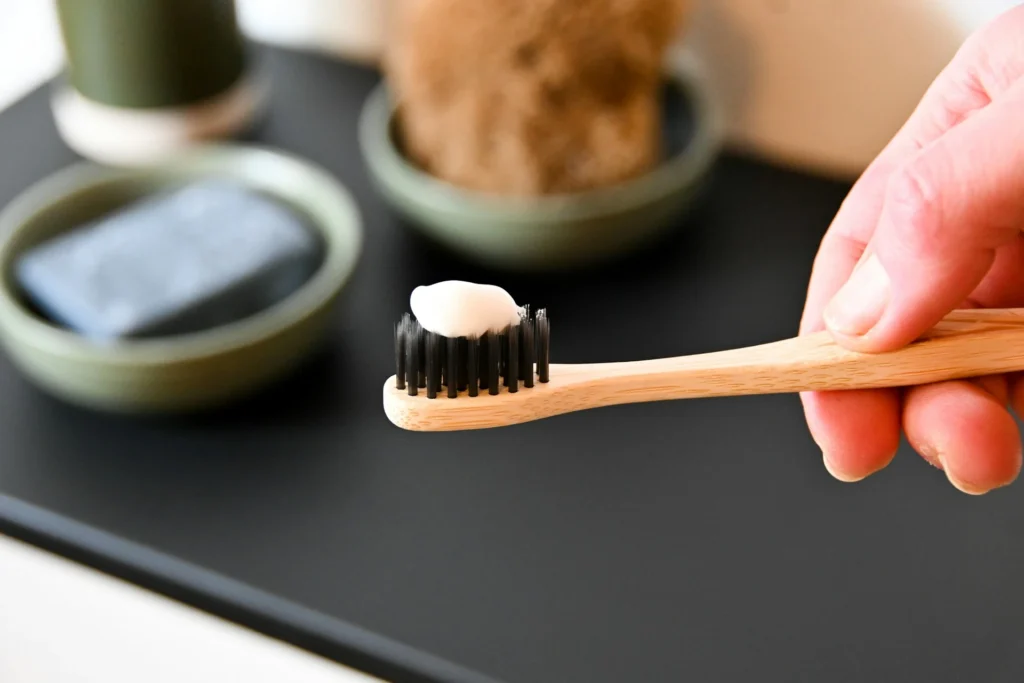
What Kind of Toothbrush Should You Use?
Choosing the right toothbrush makes brushing more effective and safer.
Manual vs. Electric toothbrush:
- Manual toothbrushes work well if used correctly, but require discipline and good technique.
- Electric toothbrushes (oscillating or sonic) make the process easier by providing consistent movements and timers. Many studies show they are more effective at reducing plaque and gum inflammation.
Bristle type:
- Soft bristles are best. Medium or hard bristles can damage gums and enamel if used with too much pressure.
- The head should be small enough to reach the back teeth comfortably.
Replacement:
- Brushes and brush heads should be replaced every 3 months, or sooner if bristles are worn.
At Archway Dental Group, we often recommend electric toothbrushes with soft heads because they help patients achieve consistent results.
Ask your hygienist about toothbrush recommendations
What Type of Toothpaste Should You Use?
Toothpaste is not just about taste — it adds important protective elements.
Fluoride:
- The most important ingredient in toothpaste. Fluoride strengthens enamel and protects against decay. Adults should use toothpaste containing 1350–1500 ppm fluoride.
Sensitive teeth:
- Special formulations with desensitising agents can help reduce sensitivity to cold or hot.
Whitening toothpaste:
- Effective mainly for removing surface stains, not for changing natural tooth colour. For whitening, professional treatments are more effective and safe.
Children’s toothpaste:
- Lower fluoride levels appropriate for age. Parents should supervise brushing to ensure correct amounts are used.
Remember, the most important factor is that toothpaste contains fluoride and is used consistently.
Discover whitening and hygiene options at Archway Dental Group
What Mistakes Should You Avoid When Brushing Teeth?
Even patients who brush twice daily can make common mistakes that reduce effectiveness or even cause harm.
Mistakes to avoid:
- Brushing too hard — damages enamel and gums.
- Using the wrong technique — scrubbing side-to-side instead of gentle circles.
- Brushing too quickly — less than 2 minutes is not enough.
- Using a worn-out toothbrush — ineffective at cleaning.
- Forgetting the tongue and inner surfaces.
- Rinsing too much after brushing — this washes away fluoride protection. Spit, don’t rinse.
Correcting these habits is often the key to long-term oral health.
Learn correct brushing techniques from our dental hygienists
Can You Brush Too Much?
Yes, brushing too often or too hard can cause problems. Over-brushing may lead to:
- Gum recession.
- Tooth sensitivity.
- Enamel erosion.
That’s why the rule is: brush twice daily, gently, for 2 minutes. More than this is unnecessary unless specifically recommended by your dentist. For patients with braces, implants, or gum problems, additional cleaning methods like interdental brushes may be advised instead of extra brushing.
Ask our team about personalised hygiene routines
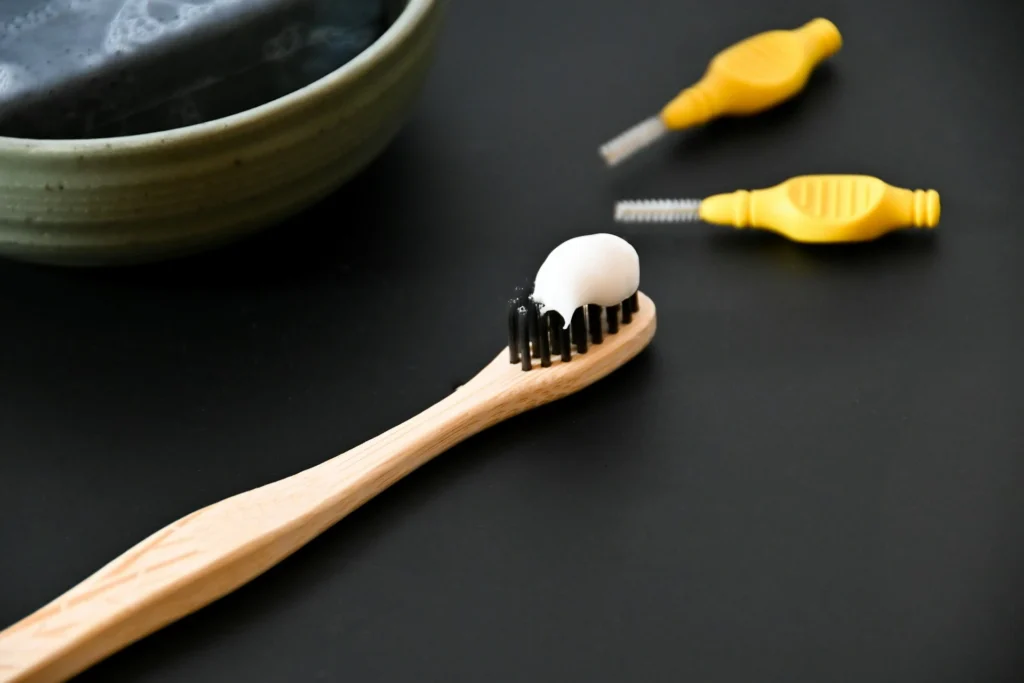
Why Flossing and Interdental Cleaning Are Essential
Brushing cleans only about 60% of tooth surfaces. The spaces between teeth, where plaque accumulates, are missed unless floss or interdental brushes are used.
- Dental floss: Ideal for tight spaces between teeth.
- Interdental brushes: Excellent for larger gaps, bridges, and implants.
- Water flossers: Helpful for patients with braces or limited dexterity.
Without interdental cleaning, even perfect brushing leaves bacteria behind, leading to gum disease. Patients who combine brushing and interdental cleaning enjoy significantly better oral health.
Book a hygiene session with our specialist team
How to Brush Teeth with Braces, Implants, or Sensitivity
Different dental situations require adjustments in technique:
Braces:
- Use special orthodontic brushes or interdental brushes to clean around brackets.
- Electric toothbrushes with orthodontic heads can make cleaning easier.
Implants:
- Clean gently around implants with soft brushes and interdental brushes.
- Avoid aggressive movements that can inflame gums.
Sensitivity:
- Use soft-bristle brushes and toothpaste for sensitive teeth.
- Avoid cold water when brushing if it triggers discomfort.
A personalised hygiene plan is always the safest way to ensure optimal results.
Discover implant and orthodontic hygiene care at Archway Dental Group
Conclusion: How to Brush Teeth Properly
So, how to brush teeth properly? The key is not force, but technique and consistency. Brushing gently twice a day with a fluoride toothpaste, using the correct angle and motions, and combining with floss or interdental cleaning, provides the best defence against cavities and gum disease.
At Archway Dental Group Ltd in London, our dental hygienists are here to guide you personally on brushing techniques, professional cleanings, and long-term oral health strategies. Small changes in daily habits can make a lifetime of difference for your smile.
📲 WhatsApp: 007766126023
☎️ Landline: 020 7272 6818
🌐 Website: www.archwaydentalgroup.co.uk
📍 Archway Dental Group – 34 St John’s Way, Archway, London, N19 3RR
Book your consultation today and let’s plan the best solution for your smile

